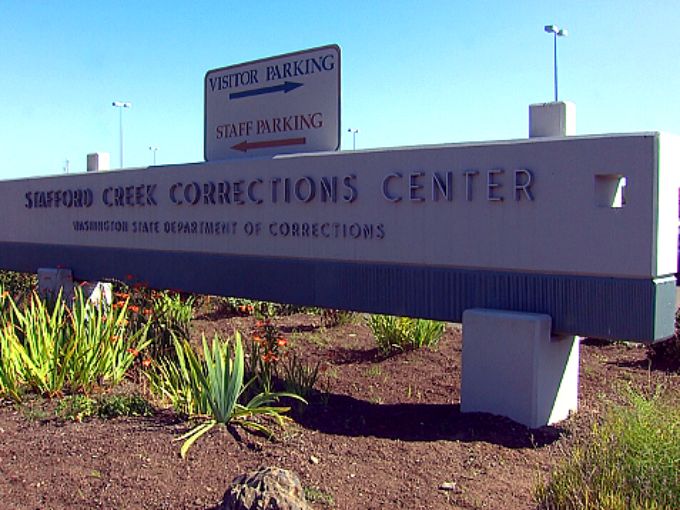Chris Ingalls, KING 5 Investigator
A Washington State prison had a novel plan to feed its 2,000 inmates: open its own fish farm to to produce a steady supply of fish for the prisoners’ dinner menu.
But three years and $750,000 later, the operation has not harvested a single fish that went on to be fed to inmates at the Stafford Creek Corrections Center in Aberdeen.
“I think any new start-up is tough to do,” said program manager Jim Parker.
In a back lot on the prison grounds, more than a half dozen fresh water tanks sit in a greenhouse. The structure was built in 2011, with a plan to breed tilapia – a warm water fish that has grown in popularity in the United States and is sometimes described as “aquatic chicken.”
Prison officials admit they’ve had problems with breeding, water temperature and fish growth. Those problems kept the fish from growing to a size large enough to be eaten.
“It’s not as simple as just putting the fish in the water,” said University of Idaho expert Gary Fornshell.
Fornshell said fish farms require a lot of expertise and some trial and error. However, he said it shouldn’t take three years for a farm to produce edible tilapia.
“If everything’s set up properly you should be able to have food size fish at least by 12 months of operation,” said Fornshell.
The fish farm is being operated by Correctional Industries — a Washington State Department of Corrections program designed to make the prison system more self-sufficient and to give inmates skills they can use once they are released.
“I’m excited about the program. I’m excited about the possibilities,” said Parker.
He said the program is modeled after one in a Colorado prison that is successfully farming fish and selling them for a profit.
Colorado experts have advised Correctional Industries on how to run the fish farm, but the Washington facility does not have an expert of its own.
Fornshell said he thinks it’s a mistake not to have hired an aquaculture expert to get the fish farm up and running.
“Based on (the fact) that they haven’t, as you stated, produced a fish in three years – that kind of proves the point,” said Fornshell.
Although the fish are puny, the growing bill for the project is not.
“All the costs right now, we’re right about at three quarters of a million dollars,” said Parker.
He pointed out that Correctional Industries is self-funded. It pays for the fish farm with profits from other prison programs it operates – like a furniture manufacturing plant.
Officials say the fish farm teaches inmates job skills, but right now it only employs two of the nearly 2,000 inmates at Stafford Creek.
Ken Orme, who is nearing the end of a 15-year sentence for assault with a gun, is one of the two.
“This is part of my transition in going out to the streets,” said Orme as he tended to some of the nearly 30,000 fish in the tanks.
“I believe it was a worthwhile investment for the state to make,” said Parker.
He said there’s evidence that the program is just turning the corner, that his workers have fine- tuned the system.
More than 400 lbs of tilapia meat was recently harvested. However, that fish won’t be fed to inmates until it’s tested and proven safe for consumption.
“I’m very excited once we get that first feeding to be sitting right there in the chow hall when (the inmates) eat that – and that is our plan,” said Parker.









